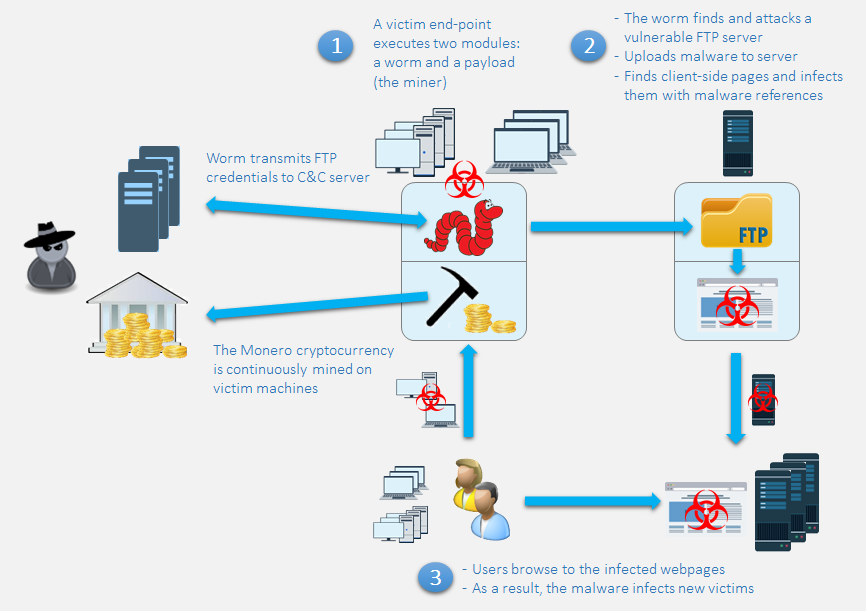

Their computer is infected, their files are locked, and so are all of the important files on your server’s shared volumes. Imagine one of your users clicking the payload. Businesses need to assess the potential impact of a catastrophic data loss event regardless of cause.
Deploy a quality managed backup solution – It’s shocking how few people back up their computers. There’s nothing new here except the brazenness and effectiveness of the scheme. How can you defend against the CryptoLocker virus?Īn ounce of prevention is worth a pound of cure (at least that’s what Grandma used to say when she had her teeth in). What? No backups? Then you really are out of luck (or out roughly $300 – the cost of the decryption key). This is, of course, assuming you have data backups. Just clean the virus and restore the damaged files from your data backup solution. The damage has been done and you are left with a choice – pay up (not recommended) or kiss your files goodbye. Regardless, detecting or cleaning the virus makes no difference to the encrypted files. This means the virus automatically undergoes many transformations in an effort to thwart signature-based antivirus software. This is because the virus is “polymorphic” (from the Greek words “polu” meaning “many” and “morphe” meaning “transform”). In many cases your software doesn’t even detect the infection. Your antivirus software cannot restore access to your files. This is no joke – the virus writer is serious and the scheme appears to be working. This is often your first clue something is amiss.The message informs you that you must pay a ransom to regain access to your files. Shortly thereafter a message is displayed on your computer screen similar to the one pictured. 
It then locks your important files using strong encryption protocols that, in effect, make your files inaccessible. Not only that, it also searches attached hard drives, flash drives, and any accessible network resources it can find.

The newly-installed program subsequently scours your hard drive for important files. The attachment, once opened, installs a malicious program on your computer. The typical infection starts with a cleverly-worded email message containing an attachment. Here’s how it works.ĬryptoLocker is delivered in the same way most virus and malware infections have been delivered in recent years. “Ransomware” would more accurately describe the threat since the author seeks to extort money from his (or her) victims. What is it?ĬryptoLocker is an insidious twist on the all-too-familiar virus or malware infection. We’ve written this post to help you to understand and defend against the CryptoLocker virus. Though we at Thom Infotech have not personally encountered it, we know others who have.

The “CryptoLocker” virus has been making a great deal of noise lately.








 0 kommentar(er)
0 kommentar(er)
